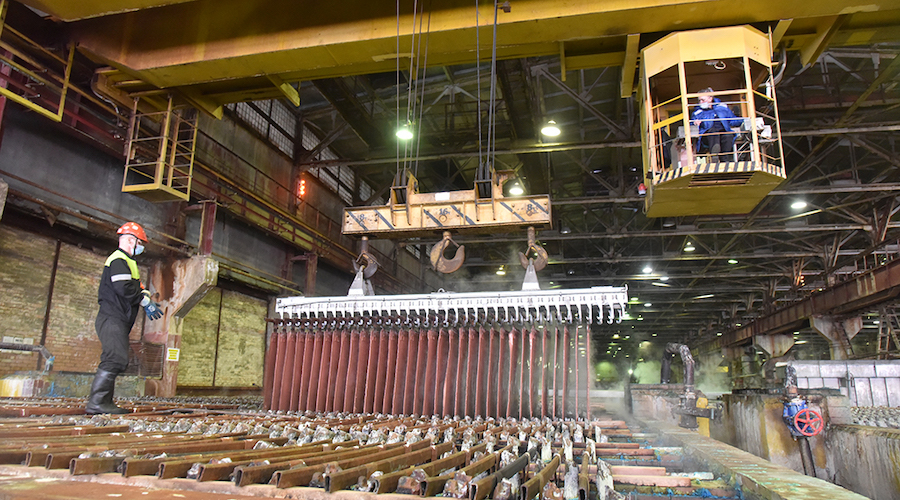Chinese rate cut lifts iron ore price
A rate cut from the Chinese central bank has put some wind in the sails of the flagging iron ore price.
The price of the steelmaking commodity has halved over the past year, as demand from China and other major iron ore consumers lags, and supply from industry heavyweights continues to flood the market.
After plumbing five and a half-year lows in early February, at US$61.10 a tonne at the 62% Fe benchmark import price at the Port of Tianjin, iron ore moved almost 3 percent to 65.10 on Feb. 16.
The price then levelled off for around a week, at $63.40, before sliding again to $62.50 last Thursday.
The bump came at the end of the latest offshore trading session, when benchmark iron ore for immediate delivery at Tianjin was up 0.8 percent from the previous session, to $63 a tonne.
The Australian reported on Monday that the increase was due to a 25-point base rate cut from the People’s Bank of China on Saturday, intended to stimulate the economy including construction activity. However the publication also notes that a report on Sunday that the country’s manufacturing sector again contracted in February, “will do little to lift sentiment amongst buyers”.
Meanwhile the Sydney Morning Herald reported that three commodities all in high demand by China – copper, iron ore and oil – could be set for gains due to the rate cut.
“The market was looking for some time for more easing in China on a back of economy weakness,” SMH quoted Eugen Weinberg, head of commodity research at Commerzbank, as saying. “In a short term, the hopes for more monetary easing and additional stimulus are likely to support the prices.”
{{ commodity.name }}
{{ post.title }}
{{ post.date }}

Comments